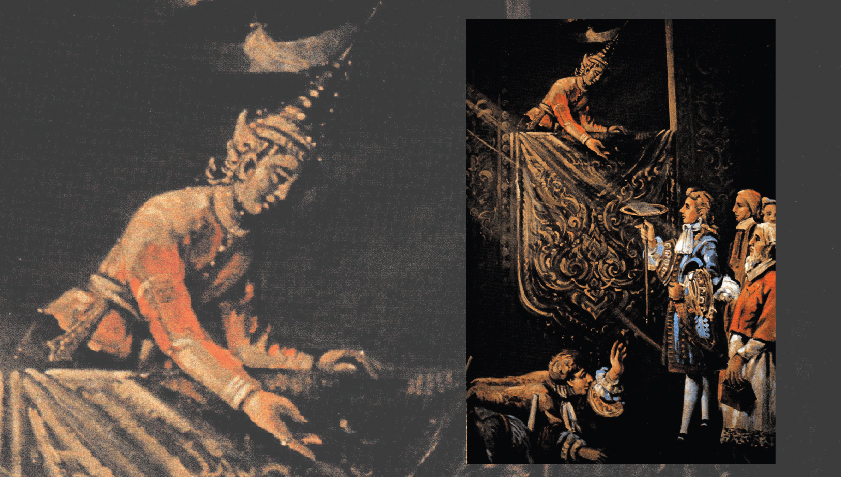
การศึกษาและวิเคราะห์วิสัชนาของพระภิกษุที่ปรากฏในพระราชปุจฉาแห่งสมเด็จพระนารายณ์มหาราช
The Study and Analysis of the Visajjana of the Monks in the Pra-Raja-Puccha of King Narai
โดย ชนินทร์ ผ่องสวัสดิ์ / By Chanin Phongsawad
Damrong Journal, Vol 15, No.2, 2016
บทคัดย่อ:
บทความนี้เจาะจงศึกษาและวิเคราะห์ “วิสัชนา” (การตอบ) ของพระภิกษุที่ปรากฏในพระราชปุจฉาแห่งสมเด็จพระนารายณ์มหาราช นอกจากจะเป็นหลักฐานแสดงถึงความสนพระทัยในทางด้านพุทธศาสนาแห่งสมเด็จพระนารายณ์มหาราชแล้ว ยังสะท้อนเหตุการณ์ทางประวัติศาสตร์ในรัชสมัยของพระองค์ เช่น กรณีการเข้ามาของชาวต่างชาติในกรุงศรีอยุธยา จากการศึกษาพบว่า วิสัชนาเป็นการแสดงศักยภาพของภิกษุในการใช้ข้อมูลในคัมภีร์ทางพุทธศาสนาอย่างหลากหลาย เพื่ออธิบายพระราชปุจฉาของพระมหากษัตริย์ ทั้งยังเป็นการศึกษาที่ทำให้ทราบถึงแหล่งที่มาของวิสัชนา ว่ามาจากส่วนใดในพระไตรปิฎกและคัมภีร์พุทธศาสนาอื่นแต่ทว่า การวิสัชนาด้วยการยึดคัมภีร์พุทธศาสนาอื่นที่ไม่ใช่พระไตรปิฎกจะทำให้เกิดความเข้าใจที่คาดเคลื่อนว่าวิสัชนานั้นยึดตามพุทธพจน์
ABSTRACT:
This article focuses on the study and analysis of the Visajjana, which refers the monks answers to King Narai (Ramathibodi Si Sanphet)‘s questions (Pra-raja-puccha) in relation to Buddhism. The evidence not only shows King Narai’s interest in Buddhism but also reflects the historical events in his period, for example, the entry of foreigners into Ayutthaya. The research shows that the monks used the scriptures to help explain the answers to the King’s questions. This paper also looks at where and in which part of the sources the answers to the King’s questions came from in the Tipitaka and other Buddha’s scriptures. However, answering in accordance with other Buddhist scriptures which are not in the Tipitaka can cause misunderstandings.











